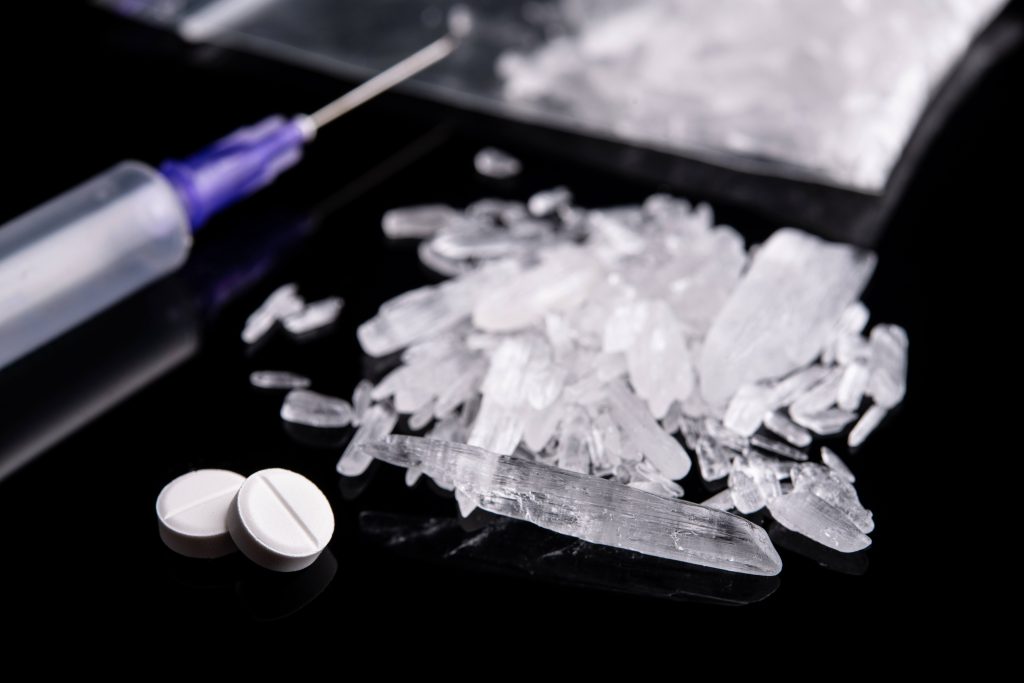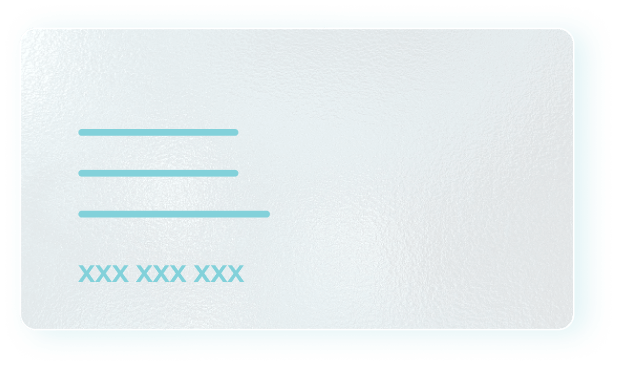
Meth addiction or addiction to crystal methamphetamine is regarded as one of the most challenging addictions to conquer due to its destructive physical and psychological impacts. The first 24 to 72 hours following the last use of the drug are particularly tough, marked by intense withdrawal symptoms. However, withdrawal symptoms can persist for weeks, months, and even years post-drug usage.
Phase 1 of Meth Withdrawal Timeline: Initial 48 Hours
Typically, the initial 48 hours are the most daunting in the timeline of crystal meth withdrawal, known as the “crash” phase. During this period, individuals may suffer from severe symptoms such as nausea, abdominal cramps, and sweating. This calls for vigilant monitoring to prevent extreme dehydration. Additionally, a noticeable decline in cognitive function and overall energy levels may occur.
Phase 2 of Meth Withdrawal Timeline: Days 3–10
In the second phase of the crystal meth withdrawal timeline, the individual might encounter intense depression, anxiety, or fatigue as their body struggles to find balance without meth. Cravings for the drug may peak during this phase, and individuals may experience muscle aches, shaking, or tremors.
Phase 3 of Meth Withdrawal Timeline: Weeks 3–4
The third phase of a typical crystal meth withdrawal timeline sees the intensity of physical withdrawal symptoms waning during the third to fourth week of detox. However, cravings for the drug may persist, and symptoms of fatigue and depression may linger. Therefore, it’s crucial to have a robust support system and a detox plan even a month after the last drug usage.
Phase 4 of Meth Withdrawal Timeline: One Month and Beyond
Reaching the fourth phase in the crystal meth detox timeline marks a month of abstinence from the drug. At this point, the worst withdrawal symptoms generally recede, but psychological symptoms like depression and anxiety may be prominent as the body’s dopamine levels have yet to normalize. These symptoms can persist for several months or even years after the last meth use. They are typically more severe for individuals with a prolonged history of meth usage. Essentially, the fourth phase is where the recovery process truly commences.
Begin Your Recovery Journey with Crosspointe Recovery Detox and Rehab!
Methamphetamine, commonly known as “meth,” can devastate the lives of those battling addiction. The first crucial step towards overcoming meth addiction involves detoxification and rehabilitation to rid the body of the addictive substance. Detox sets the foundation for recovery and sober life by allowing the body to cleanse itself of harmful toxins.
However, for the best shot at recovery, patients should also pursue addiction treatments, such as rehabilitation, counseling, and therapy post-detox.
Enrolling in an addiction treatment program facilitates the understanding of the root cause of their addiction, equipping individuals with the tools needed for long-term sobriety.




















